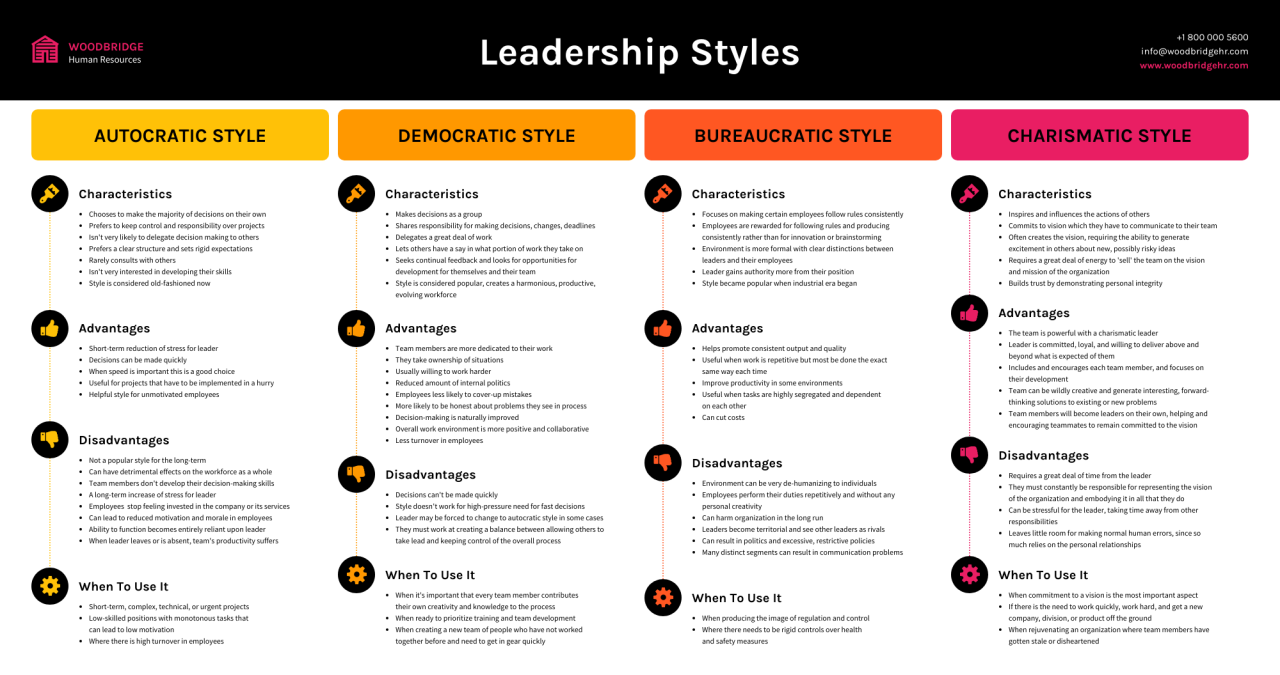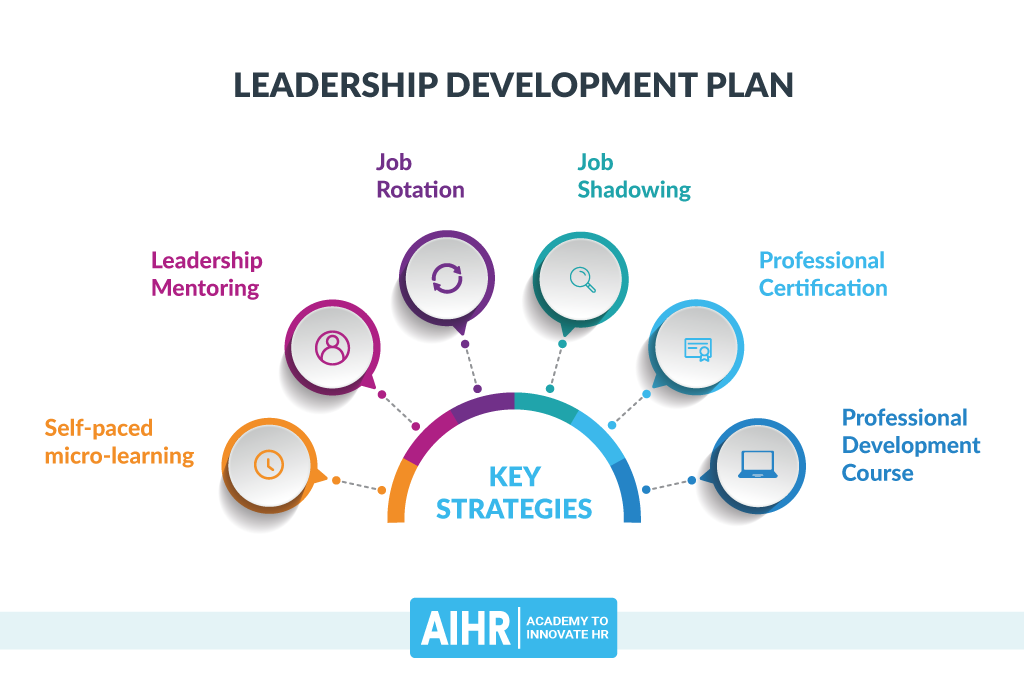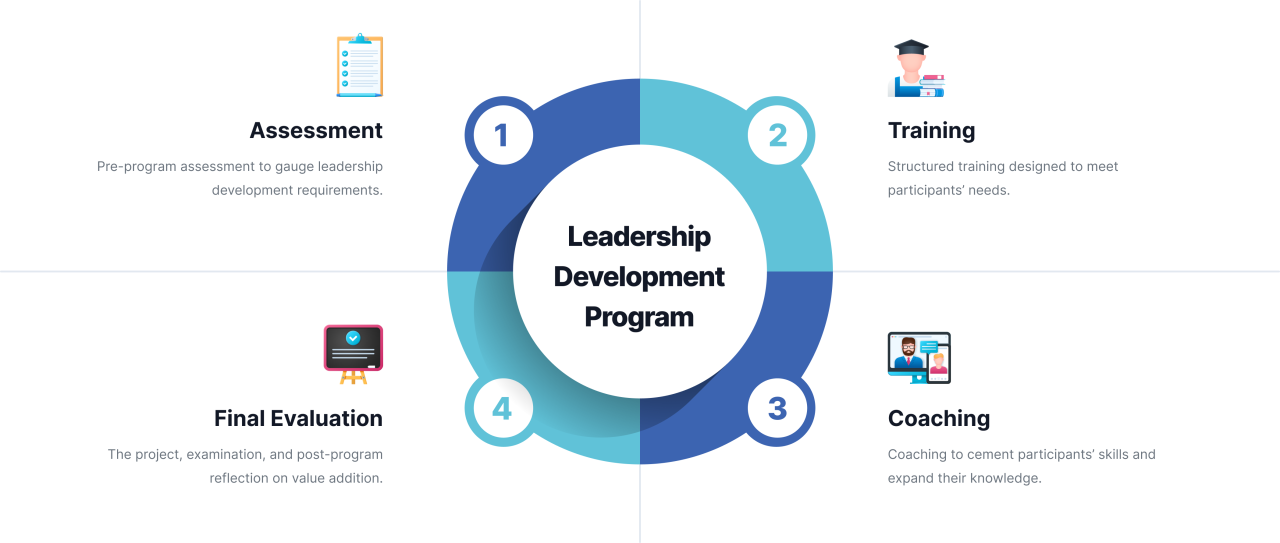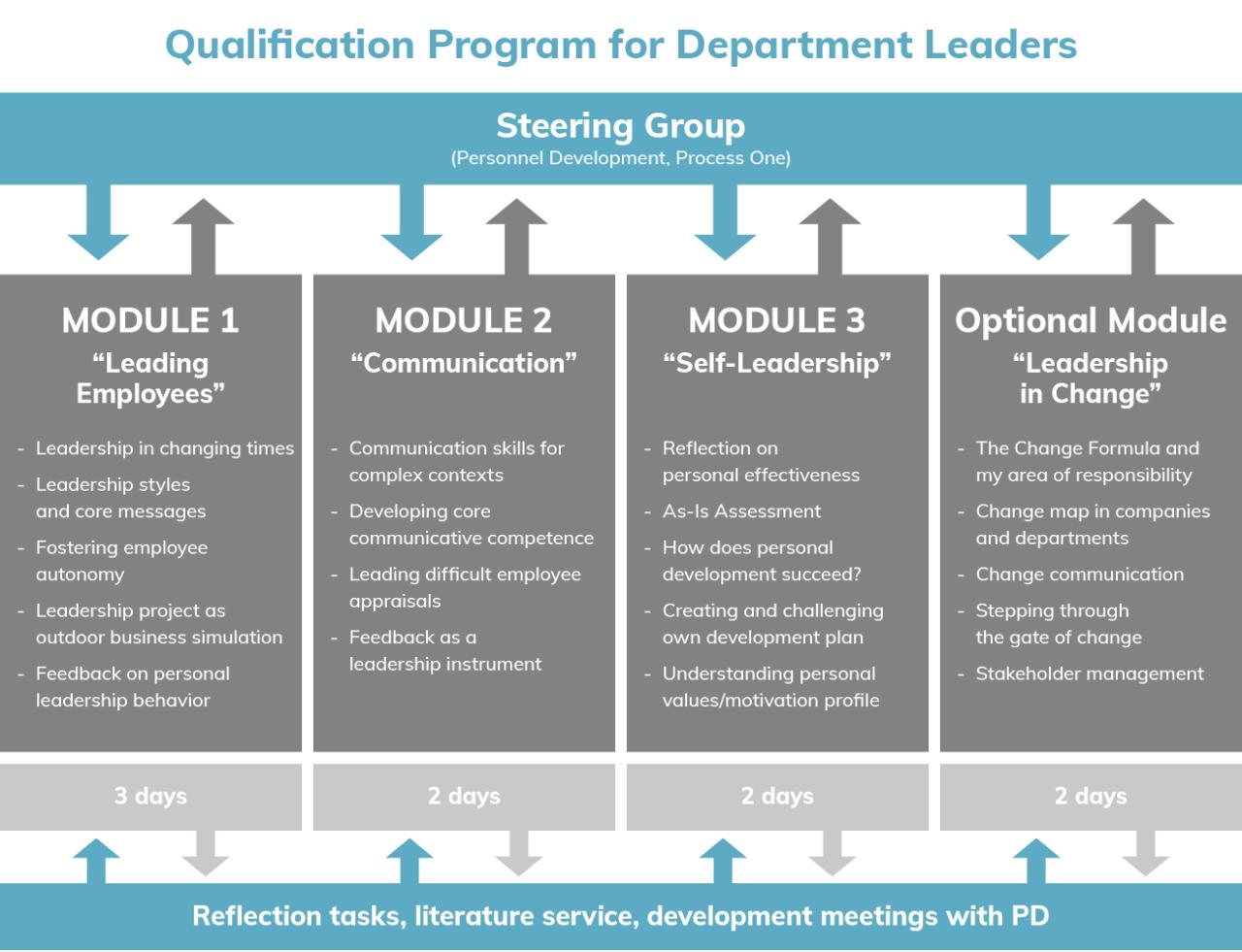Leadership development training materials play a crucial role in shaping effective leaders. They provide a comprehensive guide to the principles, skills, and methods that are essential for individuals to thrive in leadership roles. This guide delves into the core concepts of leadership development, exploring the challenges and opportunities that leaders face, and outlining the best practices for designing and implementing effective training programs.
Through a combination of real-world examples, case studies, and practical advice, these materials equip leaders with the knowledge and tools they need to succeed. They offer insights into the latest trends and emerging directions in leadership development, ensuring that organizations and individuals stay ahead of the curve.
Leadership Development Principles
Leadership development is a continuous process that involves the identification, development, and enhancement of leadership skills and competencies. It is a strategic investment that organizations make to build a pipeline of future leaders and ensure the long-term success of their business.
To become a truly effective leader in education, it’s crucial to invest in comprehensive leadership development training materials. These materials can provide you with the knowledge and skills necessary to cultivate transformative educational leadership. By embracing transformative leadership principles, you’ll be equipped to inspire and empower your team, create a positive and inclusive learning environment, and drive lasting change in your school or district.
Fundamental Principles of Leadership Development
The fundamental principles of leadership development include:
- Self-awareness:Leaders must have a deep understanding of their own strengths, weaknesses, values, and motivations.
- Vision and purpose:Leaders must have a clear vision for the future and a strong sense of purpose that inspires and motivates others.
- Communication:Leaders must be able to communicate effectively with a variety of audiences, including employees, customers, and stakeholders.
- Decision-making:Leaders must be able to make sound decisions in a timely manner, even under pressure.
- Ethics:Leaders must act ethically and with integrity, setting a positive example for others.
li> Teamwork:Leaders must be able to build and lead effective teams, fostering collaboration and cooperation.
Leadership Skills

Effective leadership requires a diverse set of skills that enable individuals to guide, motivate, and inspire others towards achieving shared goals. These skills encompass a range of abilities, from strategic thinking to emotional intelligence. Developing and honing these skills is crucial for leaders to maximize their impact and lead with confidence.
Essential Leadership Skills, Leadership development training materials
There are several essential skills that every effective leader should possess:
- Communication:The ability to clearly convey ideas, listen actively, and build rapport is vital for leaders to connect with their teams and stakeholders.
- Vision and Strategy:Leaders need to articulate a compelling vision and develop strategies to achieve it. They must be able to think strategically and anticipate future trends.
- Decision-Making:Leaders are often faced with complex decisions. They must be able to gather information, analyze options, and make sound judgments.
- Emotional Intelligence:Leaders need to be self-aware and empathetic. They must be able to understand and manage their own emotions and those of others.
- Teamwork and Collaboration:Leaders need to be able to build and lead effective teams. They must be able to motivate, inspire, and delegate responsibilities.
- Problem-Solving:Leaders are often faced with challenges and obstacles. They need to be able to identify problems, analyze causes, and develop solutions.
Developing and Improving Leadership Skills
Developing and improving leadership skills requires a combination of formal training, self-reflection, and practical experience.
- Formal Training:Leadership development programs, workshops, and courses can provide structured learning experiences and opportunities to practice skills.
- Self-Reflection:Leaders should regularly reflect on their strengths and weaknesses. They can use feedback from others to identify areas for improvement.
- Practical Experience:Leading projects, teams, or organizations provides invaluable opportunities to develop and refine leadership skills.
Impact of Leadership Skills on Effectiveness
The following table summarizes the essential leadership skills and their impact on leadership effectiveness:
| Skill | Impact on Leadership Effectiveness |
|---|---|
| Communication | Builds strong relationships, fosters collaboration, and drives results. |
| Vision and Strategy | Provides direction, aligns teams, and motivates performance. |
| Decision-Making | Ensures sound judgments, timely actions, and risk management. |
| Emotional Intelligence | Creates positive work environments, builds trust, and fosters innovation. |
| Teamwork and Collaboration | Leverages collective expertise, promotes knowledge sharing, and achieves greater results. |
| Problem-Solving | Overcomes challenges, adapts to change, and drives continuous improvement. |
Leadership Training Methods: Leadership Development Training Materials

Leadership development programs employ a range of training methods to cater to diverse learning styles and organizational needs. Each method offers unique advantages and drawbacks, and a well-designed program often incorporates multiple approaches to maximize effectiveness.
Instructor-Led Training
Instructor-led training (ILT) involves a facilitator delivering content through lectures, discussions, and hands-on activities. It provides a structured learning environment where participants can interact with the instructor and peers.
Leadership development training materials can provide a solid foundation for aspiring leaders. For those seeking advanced knowledge and skills, consider pursuing a doctoral program in organizational leadership. Such programs offer comprehensive training in leadership theories, research methods, and practical applications.
By combining theoretical knowledge with real-world experience, you can enhance your leadership abilities and effectively guide organizations towards success.
Advantages:
- Facilitates immediate feedback and clarification.
- Allows for group discussions and peer learning.
- Suitable for large groups and diverse learning levels.
Disadvantages:
- Can be less engaging and interactive than other methods.
- May not be suitable for self-paced learning.
- Requires significant time and resources.
E-Learning
E-learning platforms deliver training content online, allowing participants to access materials at their own pace and convenience. It offers flexibility and accessibility, making it suitable for geographically dispersed or busy professionals.
Advantages:
- Self-paced and flexible learning.
- Cost-effective and scalable.
- Provides interactive simulations and multimedia content.
Disadvantages:
- Lacks face-to-face interaction and peer learning.
- May require high levels of self-motivation and discipline.
- Can be isolating for some learners.
Mentoring and Coaching
Mentoring and coaching involve one-on-one guidance and support from experienced leaders or coaches. They provide personalized feedback, guidance, and accountability, helping individuals develop specific leadership skills and behaviors.
Advantages:
- Tailored to individual needs and goals.
- Provides a confidential and supportive environment.
- Facilitates long-term development and growth.
Disadvantages:
- Can be time-consuming and resource-intensive.
- Relies on the availability and quality of mentors and coaches.
- May not be suitable for large-scale training.
Experiential Learning
Experiential learning involves hands-on activities, simulations, and real-world projects that allow participants to apply their leadership skills in practical settings. It promotes active learning and provides valuable insights.
Advantages:
- Highly engaging and immersive.
- Provides immediate feedback and application.
- Fosters critical thinking and problem-solving abilities.
Disadvantages:
- Can be logistically complex and resource-intensive.
- May not be suitable for all learning styles.
- Requires careful design and facilitation.
Leadership Assessment
Assessing leadership potential is crucial for identifying and developing future leaders. It helps organizations make informed decisions about talent management, succession planning, and leadership training programs.
There are various assessment tools and techniques available, including:
Psychometric Assessments
- Personality tests measure traits, values, and behaviors.
- Cognitive ability tests assess problem-solving, reasoning, and decision-making skills.
- Emotional intelligence tests evaluate self-awareness, empathy, and interpersonal skills.
Behavioral Assessments
- 360-degree feedback gathers perspectives from superiors, peers, and subordinates.
- Assessment centers simulate real-world leadership challenges and observe participants’ performance.
- Role-playing exercises assess specific leadership competencies.
Developmental Assessments
- Individual development plans identify areas for growth and improvement.
- Mentoring and coaching provide ongoing support and guidance.
- Action learning projects allow participants to apply leadership skills in real-time situations.
Interpreting and Using Assessment Results
Assessment results should be interpreted by qualified professionals who can provide insights into the candidate’s strengths, weaknesses, and potential. It’s important to consider the context of the assessment, the reliability and validity of the tools used, and the candidate’s overall performance.
Assessment results can be used to:
- Identify high-potential candidates for leadership development programs.
- Develop tailored training and development plans for individual leaders.
- Inform succession planning decisions.
- Monitor leadership development progress and evaluate the effectiveness of training programs.
Leadership Development Programs
A comprehensive leadership development program encompasses various elements that contribute to the growth and effectiveness of leaders within an organization. These programs are designed to enhance leadership skills, knowledge, and behaviors to drive organizational success.
To design and implement a successful leadership development program, several best practices should be considered:
- Identify the Target Audience:Determine the specific group of leaders who will benefit from the program, considering their current skill levels, career aspirations, and organizational needs.
- Define Clear Objectives:Establish specific, measurable, achievable, relevant, and time-bound (SMART) objectives for the program, aligning them with the organization’s strategic goals.
- Develop a Comprehensive Curriculum:Design a curriculum that covers essential leadership skills, such as communication, problem-solving, decision-making, and emotional intelligence, tailored to the needs of the target audience.
- Utilize Diverse Learning Methods:Employ a variety of learning methods, such as workshops, simulations, coaching, and on-the-job training, to cater to different learning styles and maximize engagement.
- Provide Ongoing Support:Offer ongoing support to participants through mentoring, coaching, and access to resources to ensure sustained development beyond the program.
Evaluating the Effectiveness of Leadership Development Programs
Evaluating the effectiveness of leadership development programs is crucial to assess their impact and make necessary improvements. Several key metrics can be used for evaluation:
- Participant Feedback:Gather feedback from participants on the quality of the program, its relevance to their needs, and their overall satisfaction.
- Performance Improvement:Measure the improvement in leadership skills and behaviors of participants after completing the program, using assessments, observations, or feedback from supervisors.
- Organizational Impact:Assess the impact of the program on organizational outcomes, such as increased productivity, improved employee engagement, or enhanced customer satisfaction.
- Return on Investment (ROI):Calculate the ROI of the program by comparing the costs of the program to the benefits it generates for the organization.
Regular evaluation and data analysis enable organizations to refine and enhance their leadership development programs to maximize their effectiveness and contribute to the ongoing growth of leaders within the organization.
Case Studies and Examples

Real-world case studies provide valuable insights into the effectiveness of leadership development initiatives. These examples demonstrate the practical application of principles, skills, and methods discussed earlier. By examining successful cases, we can identify best practices and lessons learned that can guide our own leadership development efforts.
For those seeking to enhance their leadership skills, comprehensive leadership development training materials are essential. However, to truly elevate your coaching abilities, consider pursuing a leadership coaching certification online. This certification empowers you with the knowledge and tools to effectively guide and develop leaders, further enriching your training materials and enabling you to make a profound impact on your team’s growth.
Notable Examples
Here are some notable examples of successful leadership development initiatives:
- GE’s Crotonville Leadership Development Center:Established in 1956, Crotonville has trained over 250,000 leaders worldwide, including former GE CEO Jack Welch. The program emphasizes hands-on experience, mentorship, and global exposure.
- Walmart’s Frontline Leadership Academy:Launched in 2007, this program has trained over 100,000 store managers and assistant managers. It focuses on developing leadership skills such as communication, problem-solving, and team building.
- Starbucks’ Coffee Academy:This program provides comprehensive training for baristas, shift supervisors, and store managers. It emphasizes customer service, leadership, and coffee expertise.
Technology in Leadership Development

Technology has become an indispensable tool in enhancing leadership development, providing new opportunities for learning and growth.Technology enables access to a wide range of resources, including online courses, simulations, and virtual coaching. It also facilitates collaboration and networking, allowing leaders to connect with mentors and peers from around the world.
Tools and Platforms
Specific tools and platforms that support leadership training include:
- Online Learning Platforms:Coursera, edX, and LinkedIn Learning offer a vast selection of leadership development courses.
- Simulations and Games:Platforms like VirtualSpeech and GameSim provide immersive experiences that allow leaders to practice their skills in realistic scenarios.
- Virtual Coaching:Tools like Coach.me and BetterUp connect leaders with experienced coaches who can provide personalized guidance and support.
Benefits and Limitations
Benefits:
- Convenience and Flexibility:Technology allows leaders to learn at their own pace and schedule.
- Access to Global Expertise:Online platforms and virtual coaching connect leaders with experts from around the world.
- Cost-Effectiveness:Many online courses and simulations are more affordable than traditional in-person programs.
Limitations:
- Lack of Personal Interaction:Virtual learning environments may not provide the same level of personal interaction as in-person programs.
- Technical Issues:Internet connectivity and device compatibility can sometimes be a challenge.
- Self-Motivation:Online learning requires a high level of self-motivation and discipline.
Emerging Trends in Leadership Development
The field of leadership development is constantly evolving, driven by technological advancements, changing business landscapes, and emerging societal norms. Understanding these trends is crucial for organizations and individuals seeking to stay competitive and adapt to the evolving needs of the future.
One key trend shaping leadership development is the growing emphasis on diversity, equity, and inclusion (DEI). Organizations are recognizing the importance of creating inclusive environments where all employees feel valued and empowered. Leadership development programs are increasingly incorporating DEI principles to foster a sense of belonging and equip leaders with the skills to create inclusive cultures.
Technology in Leadership Development
- Virtual and online learning platforms are becoming more prevalent, providing greater flexibility and accessibility for participants.
- Artificial intelligence (AI) and machine learning are being used to personalize learning experiences and provide tailored feedback.
- Virtual reality (VR) and augmented reality (AR) are emerging as immersive tools for leadership simulations and experiential learning.
Focus on Leadership Agility
In today’s rapidly changing business environment, leaders need to be agile and adaptable. Leadership development programs are emphasizing the development of skills such as critical thinking, problem-solving, and decision-making under uncertainty.
Emphasis on Emotional Intelligence
Emotional intelligence (EQ) is becoming increasingly recognized as a critical leadership competency. Leadership development programs are incorporating EQ assessments and training to help leaders develop self-awareness, empathy, and the ability to manage their emotions effectively.
Continuous Learning and Development
Leadership development is no longer a one-time event. Organizations are recognizing the need for continuous learning and development to keep up with the changing demands of the workplace. Leadership development programs are being designed to provide ongoing support and opportunities for growth.
Implications for Organizations and Individuals
- Organizations need to invest in leadership development programs that align with emerging trends and the evolving needs of the business.
- Individuals should actively seek out opportunities for leadership development to enhance their skills and stay competitive in the job market.
- Collaboration between organizations and educational institutions is essential to create innovative and effective leadership development programs.
Conclusion
In conclusion, leadership development training materials are indispensable resources for organizations and individuals committed to fostering exceptional leadership. By embracing the principles and practices Artikeld in these materials, leaders can enhance their skills, navigate challenges, and drive organizational success. Investing in leadership development is an investment in the future, empowering organizations to achieve their full potential.
Question & Answer Hub
What are the key principles of leadership development?
Leadership development is based on principles such as self-awareness, continuous learning, adaptability, resilience, and ethical decision-making.
What are some effective leadership development practices?
Effective leadership development practices include mentoring, coaching, on-the-job training, experiential learning, and feedback mechanisms.
What are the challenges in leadership development?
Challenges in leadership development include identifying potential leaders, creating a supportive learning environment, and measuring the impact of training programs.